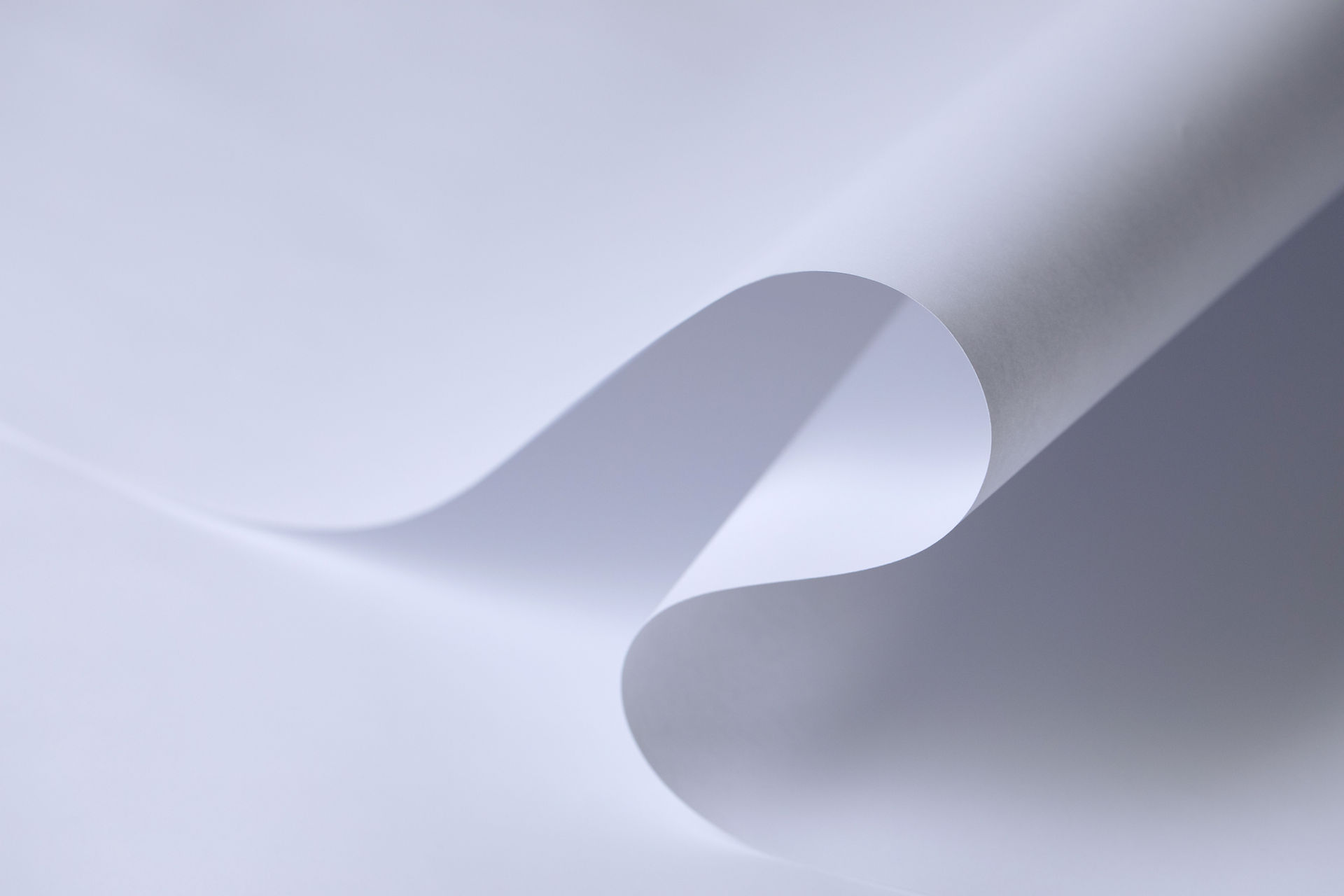Hearing aid repairs and how to prevent them
- Sama Hearing Aid centre
- Oct 10, 2024
- 2 min read
Although hearing aids are typically hardwearing and long-lasting, it’s not unusual for them to need repairs from time to time. Most hearing aid users wear their aids for the majority of the day, so it’s not surprising they can succumb to wear and tear.
How much does it cost to repair hearing aids?
Many people assume that repairing a hearing aid is expensive, but this isn’t always the case. In fact, provides a free hearing aid repair service if your product is still under the warranty. If your hearing aids are no longer under warranty, there’s no need to panic.
You’ll still be able to use the Repair Service to repair defective hearing aids. With our cost-effective repair options, you’ll benefit from affordable hearing aid repairs and fast turnaround times.
Being without your hearing aids can be stressful, particularly if you suffer from moderate or severe hearing loss. If the thought of travelling internationally without your hearing aids fills you with dread.
What are the most common hearing aid repairs?
If your hearing aid isn’t working probably, it may need a replacement part or a simple repair. In fact, the vast majority of hearing aid repairs are due to the following issues:
Moisture
Unless you’re wearing waterproof hearing aids, your hearing devices won’t react well to water. If moisture builds up in the device, it can affect sound quality or cause your hearing aids to stop working altogether. When this happens, audiologists can help to remove moisture from the device to enable you to hear sounds more clearly. If the circuitry inside the hearing aid has been damaged, they can arrange for it to be sent to the manufacturer for repairs and additional examinations.
Broken tubing
Tubing can get easily get damaged and it’s not unusual for it to degrade over time. If debris becomes caught in the tubing or if it becomes overstretched, it won’t carry sounds well. However, this is one of the easiest issues to resolve and hearing professionals can replace the tubing on your hearing aids in no time at all.
Broken microphone
If the microphone on your hearing aids isn’t working, it won’t be able to pick up sounds and relay them to you. When this happens, audiologists can either repair the microphone itself or replace with a brand new one.
Preventing hearing aid repairs
Regular hearing aid maintenance can help to avoid the need for repair services, which is good news for hearing aid wearers! By leaving the battery compartment door open overnight, for example, you can allow excess moisture to evaporate, thus preventing a buildup of water inside the hearing aid itself.
Similarly, regularly cleaning your hearing aids or using a wax guard can help to avoid issues with your hearing devices. Excess wax and a buildup of debris can easily block the tubing and other components on your hearing aids, which may result in muffled sounds or no sound at all.
By routinely cleaning your devices, you can prevent this from happening and avoid the need for specialist repairs. In addition, your audiologist may be able to use specialist cleaning tools to carry out speedy on-site repairs.



Commentaires